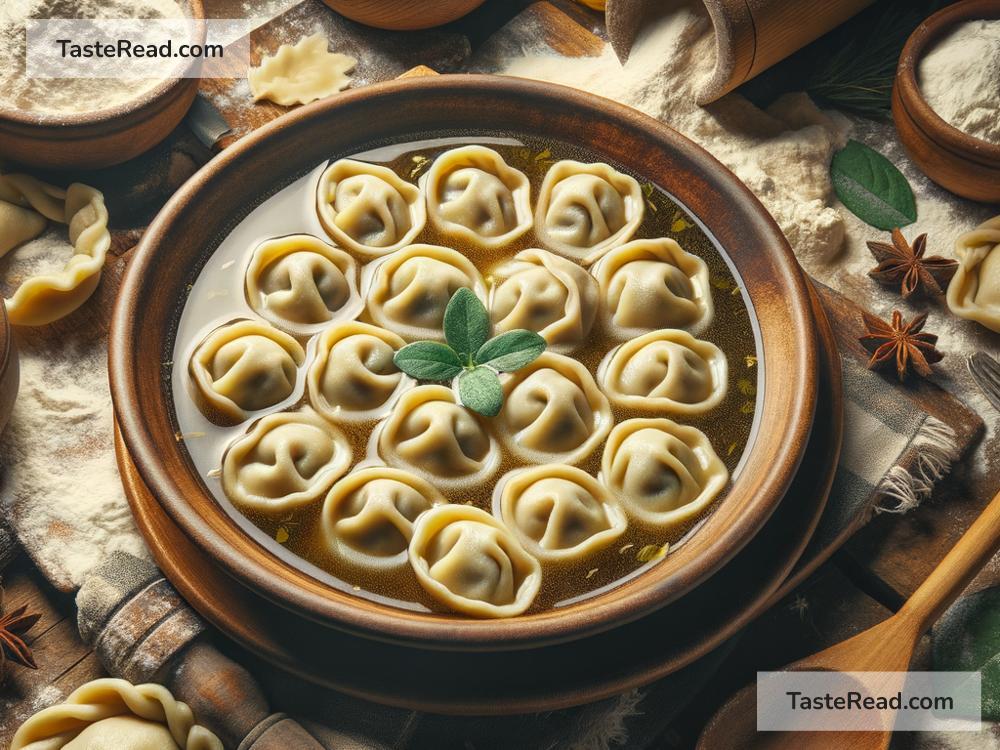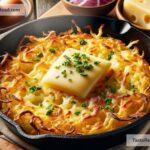Discovering the Cultural Richness of Traditional Maultaschen in Germany
Germany is well-known for its rich culture, beautiful landscapes, and delicious food. While dishes like bratwurst, pretzels, and schnitzel often come to mind, there’s another lesser-known but equally delightful dish that holds a special place in German hearts: Maultaschen.
These flavorful dumplings are a beloved culinary tradition, especially in the region of Swabia, in southern Germany. Discovering the story behind Maultaschen not only introduces us to a tasty dish but also allows us to dive into German history, culture, and family traditions.
What Are Maultaschen?
Maultaschen are best described as large, filled dumplings. They are made by wrapping a thin sheet of pasta dough around a savory filling. The filling typically includes ground meat, spinach, onions, breadcrumbs, and spices. Some versions may also include herbs, smoked meats, or vegetarian ingredients. This makes them satisfying and versatile, fitting perfectly into different preferences and occasions.
At first glance, Maultaschen might remind you of ravioli from Italy or pierogi from Poland, but they are a unique creation with their own distinctive taste.
A Fascinating History
The origin of Maultaschen is wrapped in legend and folklore. According to a popular story, they were invented by monks in the 17th century at the Maulbronn Monastery, which is located in Swabia. During Lent, a time when Catholics traditionally abstain from eating meat, the monks were said to have creatively hidden the meat inside pasta dough.
Why did they do this? Well, they reportedly believed that “God can’t see what’s inside the dumpling,” and thought it was a clever way to enjoy meat during fasting while keeping up appearances of religious observance. This earned Maultaschen the playful nickname “little cheaters of Swabia.”
However, there is also evidence that points to Maultaschen being influenced by culinary traditions from neighboring countries like Austria and Italy. Regardless of their exact origin, one thing is clear: Maultaschen became a cornerstone of Swabian cuisine and culture.
How Are Maultaschen Made?
Making Maultaschen is a labor of love, and many families in Germany prepare them from scratch for special occasions, celebrations, or simply as a comforting homemade meal.
Here’s a simple step-by-step explanation of how they’re made:
-
Prepare the Dough: First, a pasta dough is made using flour, eggs, and water. It is rolled out into thin sheets.
-
Create the Filling: Ground meat (usually pork or beef), spinach, onions, and breadcrumbs are mixed together and seasoned with salt, nutmeg, and other spices.
-
Wrap and Seal: Small portions of the filling are placed on the dough, which is folded and pressed tightly to seal the dumplings.
-
Cook: The dumplings are simmered in boiling water, broth, or stock. This cooking process keeps the dough soft and allows the flavors of the filling to shine.
While the traditional method is highly valued, you can also find ready-made Maultaschen in supermarkets across Germany for a quicker fix.
How to Eat Maultaschen
Maultaschen can be enjoyed in a variety of ways, which is part of what makes them special. The dumplings are so versatile that they can be served in a light soup, pan-fried with onions, or simply boiled. Here are a few popular options:
-
In Broth: One of the most common ways to eat Maultaschen is to serve them in a warm soup or a clear beef broth. This is perfect for cold winter days.
-
Pan-Fried: Many people enjoy fried Maultaschen, which gives the dumplings a crispy outer layer. They are often paired with sautéed onions and served with a salad for a hearty meal.
-
Cut into Pieces: Some creative cooks chop Maultaschen into smaller pieces for use in stir-fries or casseroles.
Because of their adaptability, Maultaschen can be served as a starter, main dish, or even a side.
A Dish Full of Culture and Community
Maultaschen are more than just a meal; they represent family traditions and German culture at its best. In Swabia, many families take pride in their own special recipes for Maultaschen, which have been passed down through generations. These gatherings often involve laughter, storytelling, and the hands-on process of making dumplings together.
In addition, Maultaschen play a role in Swabian identity. They embody the region’s resourcefulness, love of hearty food, and sense of humor—after all, who wouldn’t giggle at the idea of “fooling God” with a dumpling?
Finding Maultaschen Today
If you’re visiting Germany, especially the Swabia region, you can find Maultaschen in traditional restaurants, Swabian taverns, and even at street festivals. Many chefs prepare them with seasonal ingredients to highlight fresh, local flavors. For those who want to try making Maultaschen at home, plenty of recipes are available online.
You can also try pairing Maultaschen with German beer or wine for a complete dining experience. Swabia is famous for its vineyards, so a glass of Riesling or Trollinger wine can bring out the flavors of the dish even more.
Conclusion
Maultaschen are not just a culinary delight—they’re a doorway to understanding German history and Swabian culture. Whether you’re enjoying them in a hot bowl of broth or freshly fried on your plate, each bite tells a story of creativity, tradition, and community.
If you ever visit Germany, don’t miss the chance to taste this iconic dish. And if you’re feeling adventurous, try making them yourself to experience the joy that surrounds Maultaschen firsthand. Who knows? It might become your new favorite comfort food.


